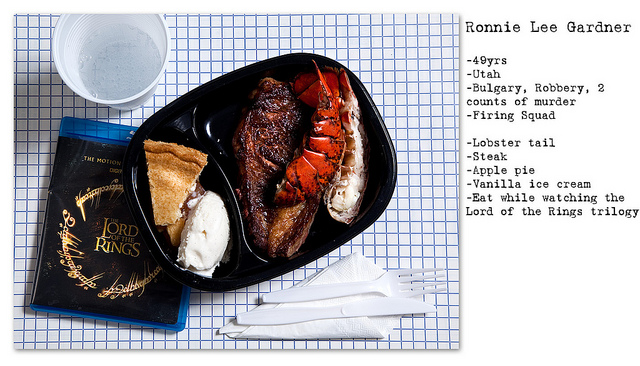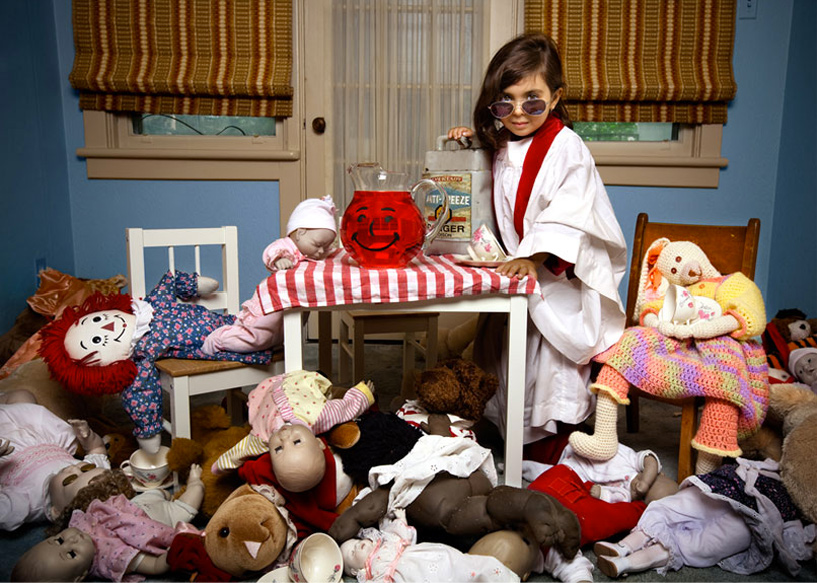Platinum Printing: As well as having a dense negative, the paper used for platinum printing is equally important. It must be durable, with no buffering due to the long rinsing times. I found paper with texture was not good for printing because the chemicals would bead up and soak in, leaving small little “rustic” looking spots. I rinsed longer than normal and even rinsed again, but the paper had been ruined. As stated in this chapter, dampness in the paper caused the sensitizer to puddle up and ruined the paper causing it to dry too thick Paper with no texture would be the best choice. According to James’ a paper containing no brighteners with a PH level between 5.5 and 7.5 is the best.


